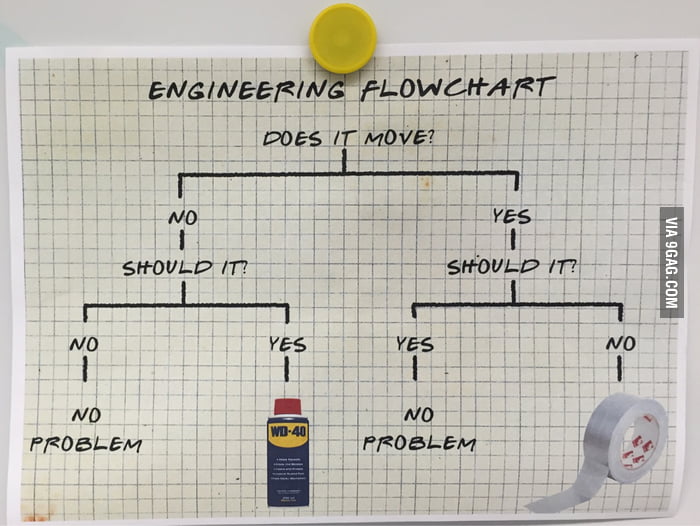Summer vacation brings us such a fresh time to renew our career and plan new ways to teach. I view it as almost a rebirth a new start. This year was no different except I also get a new point of view from my 5 and 3 year old children. This year we have done a few adventures that included beaches, road trips, Disney, Sesame Place, house projects, and my Fire Department Carnival. These things have not been uncommon in the past but what makes this year different is that I am in the golden age my kids. They ask why for everything. I learned very quickly when they ask why there is so much I need to explain and the attention span doesn’t last for the full scientific explanation. I don’t believe in the thought process that when you have a question you turn to Siri. Today’s youth whenever they have a problem turn directly to the internet for the answers, which I believe is dumbing society down. Not everything on the internet is true!
To overcome all the whys and have my kids actually learn something, I ended up doing open ended experiments when them. Having them figure things out was not the most time efficient but was so much fun to watch them struggle and develop more questions and discover the phenomena. One example was during a beach trip my little princess wanted to wear her heels to the beach instead of her flat crocks. I was watching the fight and potential melt down of the little one. I said let’s do it. My little princess wore her heels and had a really hard time walking in the sand. So of course I tried to have a race between kids. She got so frustrated that she lost. So we looked at her footwear and compared footprint to her brothers. Then had her wear one foot with crocks and one foot with heel. Without getting into the math she figured out that on the sand you need a wider footprint. Then I asked her to figure out a way to make her heels work on the beach. I grew up in the old school days of the original MacGyver where Angus MacGyver was played by Richard Dean Anderson. So I carry a multi-tool knife and duct tape in my truck. We also can’t forget the engineer flow chart, if it moves use WD-40 if it doesn’t move use Duct Tape and if that doesn’t work use more. So giving her duct tape she was able to take a cardboard box that her mother had for the trip turned it into a platform and taped it to the bottom of her heel. She was so proud of herself and my little prince and princess learned to identify a problem and engineer a solution. They did this without asking Siri for help.
Although this summer we have been doing so many of these little inquires with my kids. I got to thinking about how I could get juniors and seniors to use their mind more than just Siri. So how can we get the student to have the same wonder as my kids. That wonder that exists before internet and fortnite™. Also we need to show them their phones are there for more than just gaming. Again, my little gifts had questions about in the pool. They asked why did they need to always wear their floaties. You have to understand my princess yells at you if you go on a amusement park ride without your hands up. She likes to live life more on the edge. Instead of thinking of buoyant force I thought of an activity I could use in AP Physics 2. I gave my kids playdoh and said make 5 different boats with the same amount of play dough and we tested how many marble that they could hold. It was a fun filled competition which trash talk included loser is a “poopy head.” The five year old made one boat that thinner walls and a wider base that displaced more water and in turn held the most marbles. She then made a connection to her high heel sand shoes that she made earlier in the week. This simple activity could be used so our students can take a simple task develop questions and then develop an experiment to answer their questions. After the marble challenge, give the students a marble and have them develop a way to now lift it. You will know the students learned the topic when they develop a way to displace the air to cause the lift on the marble. As a SCUBA instructor we do this experiment and calculations to lift things safely and controlled of the sea floor. As an ex-captain of a volunteer fire department I purposely trained people to find ways to accomplish tasks. I would always show them ways to do tasks according to textbook but sometimes the textbook approach doesn’t work in the changing environments. How you react to the changes makes the difference to saving a life or becoming a victim.
When training or teaching our students we can’t just spoon feed the information to them. They need to think about possible questions and how to figure out the answers to them. Spoon feeding is great when it is the same scenario every time which might be good for some tests, but teaching them how to think ask questions and come up with solutions will be good in everyday life. These students will be better prepared to face the world and challenges in colleges and the workplace.
“Imagination is more important than knowledge. For knowledge is limited, whereas imagination embraces the entire world, stimulating progress, giving birth to evolution.” Einstein


